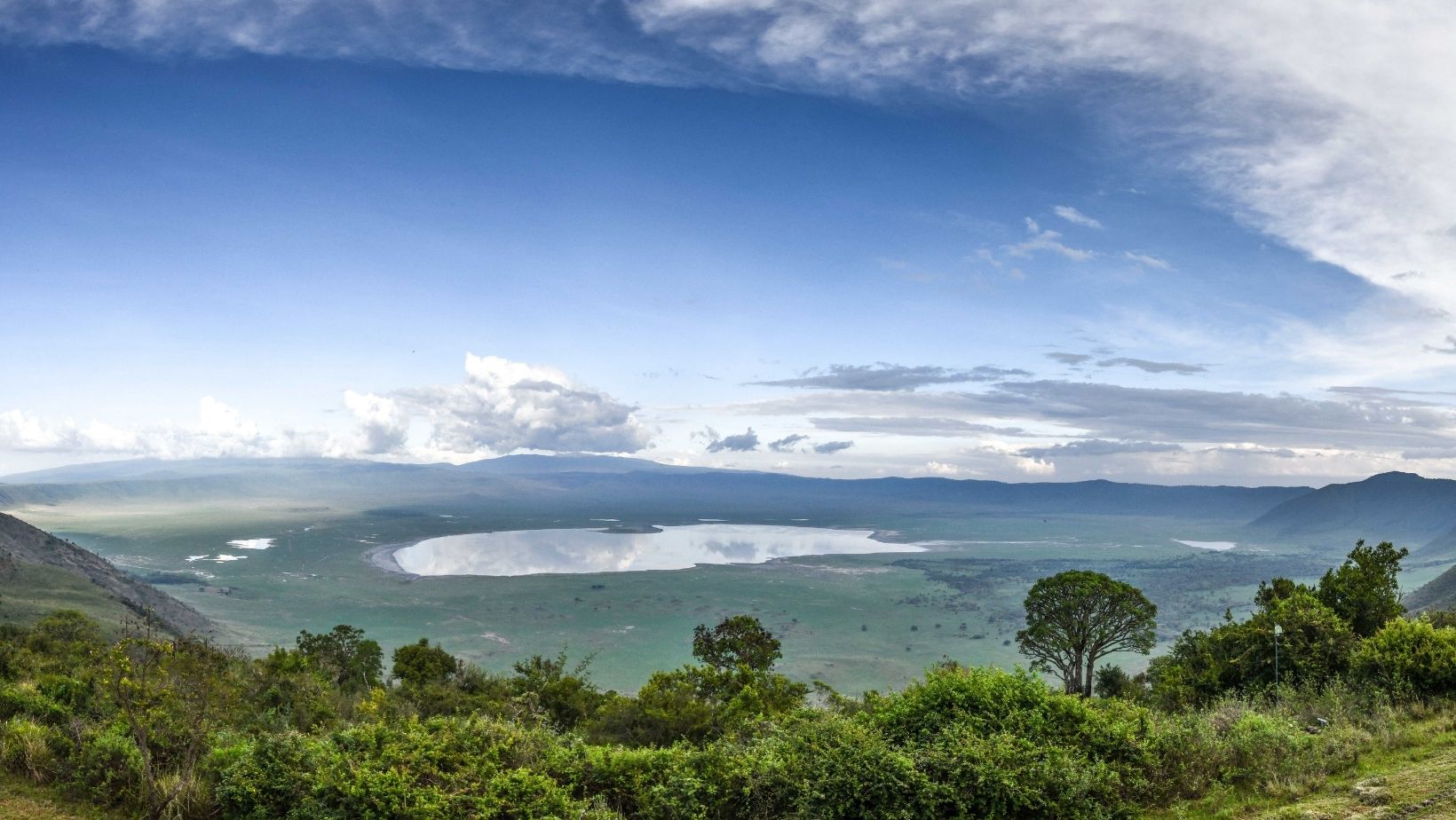When one thinks of Tanzania, the Serengeti often steals the spotlight. Its vast plains and iconic wildlife migrations are undeniably captivating. However, to limit your exploration to this singular destination would be to overlook the rich tapestry of experiences that await in Tarangire, Lake Manyara, and the Ngorongoro Crater. Each of these locations offers a unique glimpse into Tanzania’s diverse ecosystems and wildlife, making them essential stops on any adventurous itinerary.
Tarangire National Park: A Hidden Gem
Tarangire National Park is often overshadowed by its more famous neighbors, but this park is a treasure trove of wildlife and stunning landscapes. Known for its large herds of elephants, Tarangire is a sanctuary for these gentle giants. Visitors can witness them roaming freely, often in groups of up to 100, as they traverse the park in search of water and food.
The park’s landscape is characterized by its iconic baobab trees, which provide a striking contrast against the golden savannah. These trees, some of which are over a thousand years old, create a unique backdrop for photography and wildlife viewing. The park is also home to a variety of other animals, including lions, leopards, and a plethora of bird species, making it a paradise for both wildlife enthusiasts and birdwatchers.
One of the best ways to experience Tarangire is through a guided safari. Knowledgeable guides can provide insights into the behaviors and habitats of the animals, enhancing your understanding of this vibrant ecosystem. For those looking to immerse themselves fully, consider a three-stop safari experience that includes Tarangire, Lake Manyara, and Ngorongoro Crater. This approach allows you to appreciate the distinct characteristics of each park while maximizing your wildlife encounters.
Lake Manyara National Park: A Birdwatcher’s Paradise
Just a short drive from Tarangire lies Lake Manyara National Park, a smaller yet equally enchanting destination. This park is renowned for its diverse birdlife, with over 400 species recorded. The alkaline lake attracts a myriad of birds, including flamingos, pelicans, and storks, making it a must-visit for birdwatchers.
Beyond its avian attractions, Lake Manyara is also famous for its tree-climbing lions. While not as common as their ground-dwelling counterparts, these lions can often be seen lounging in the branches of acacia trees, providing a unique sight for visitors. The park’s varied habitats, from dense forests to open grasslands, support a wide range of wildlife, including elephants, giraffes, and buffalo.
A visit to Lake Manyara can be easily combined with a stay in Tarangire, allowing for a seamless transition between the two parks. The drive between them offers stunning views of the Great Rift Valley, providing ample opportunities for photography and reflection on the natural beauty of Tanzania.
Ngorongoro Crater: A Natural Wonder

No trip to Tanzania would be complete without a visit to the Ngorongoro Crater, one of the most remarkable geological formations on the planet. This UNESCO World Heritage Site is often referred to as a “natural zoo” due to the high concentration of wildlife that inhabits its floor. The crater, formed by a collapsed volcano, is home to a diverse array of animals, including the endangered black rhino, lions, zebras, and wildebeests.
The unique ecosystem within the crater allows for year-round wildlife viewing, making it a prime location for safaris. Visitors can descend into the crater for a day of exploration, where they can witness the animals in their natural habitat against the backdrop of stunning landscapes. The experience is enhanced by the knowledgeable guides who can share insights into the behaviors and interactions of the wildlife.
In addition to its wildlife, the Ngorongoro Crater is rich in cultural history. The Maasai people have lived in harmony with the land for centuries, and visitors have the opportunity to learn about their traditions and way of life. Engaging with the local community adds a deeper layer to the safari experience, allowing travelers to appreciate the cultural richness of Tanzania.
Planning Your Safari Adventure
When planning your safari adventure, consider the best time to visit each park. The dry season, from June to October, is ideal for wildlife viewing, as animals congregate around water sources. However, the wet season, from November to May, offers lush landscapes and the chance to witness newborn animals.
Accommodations range from luxury lodges to budget-friendly camps, catering to various preferences and budgets. Whichever option you choose, ensure that your accommodations are located conveniently to the parks you wish to visit.
For those looking to maximize their time and experiences, a three-stop safari experience that includes Tarangire, Lake Manyara, and Ngorongoro is highly recommended. This itinerary allows you to explore the unique features of each park while enjoying the diverse wildlife and landscapes that Tanzania has to offer.
Conclusion
While the Serengeti may be the crown jewel of Tanzania, the allure of Tarangire, Lake Manyara, and the Ngorongoro Crater cannot be overstated. Each destination offers its own unique charm and opportunities for wildlife encounters, making them essential stops on any safari itinerary. By venturing beyond the Serengeti, travelers can discover the rich diversity of Tanzania’s landscapes and wildlife, creating memories that will last a lifetime. Whether you’re an avid photographer, a wildlife enthusiast, or simply seeking adventure, these parks promise an unforgettable experience in the heart of Africa.


